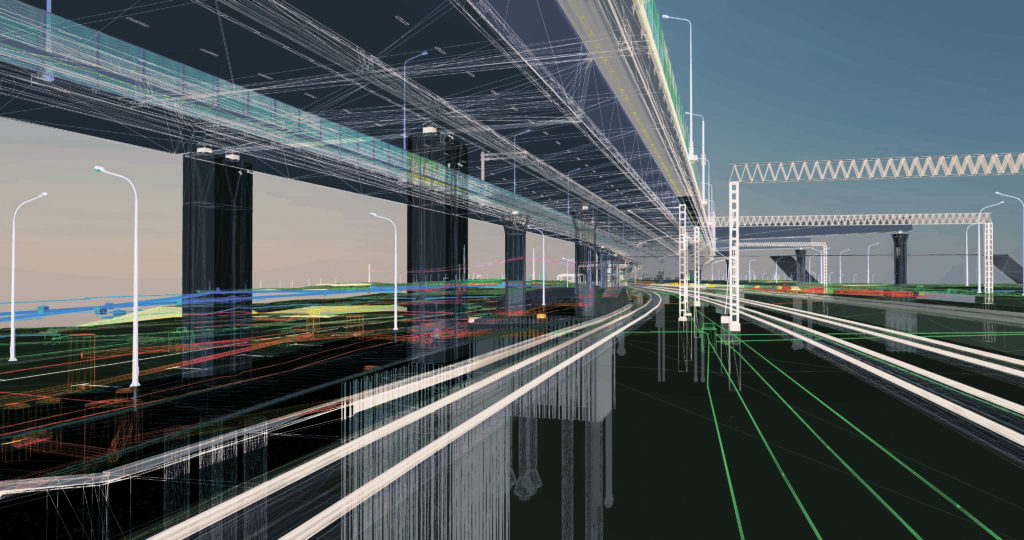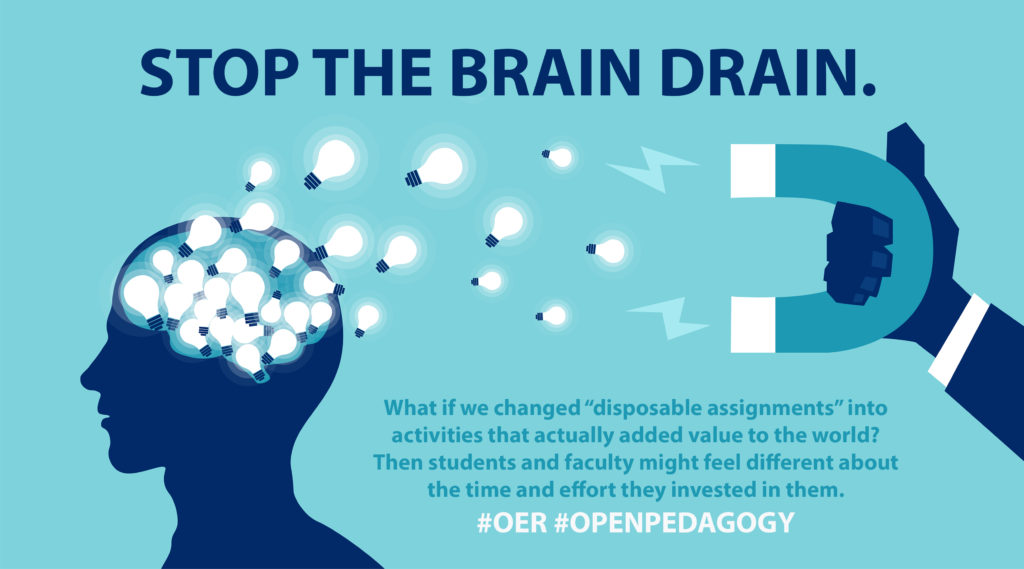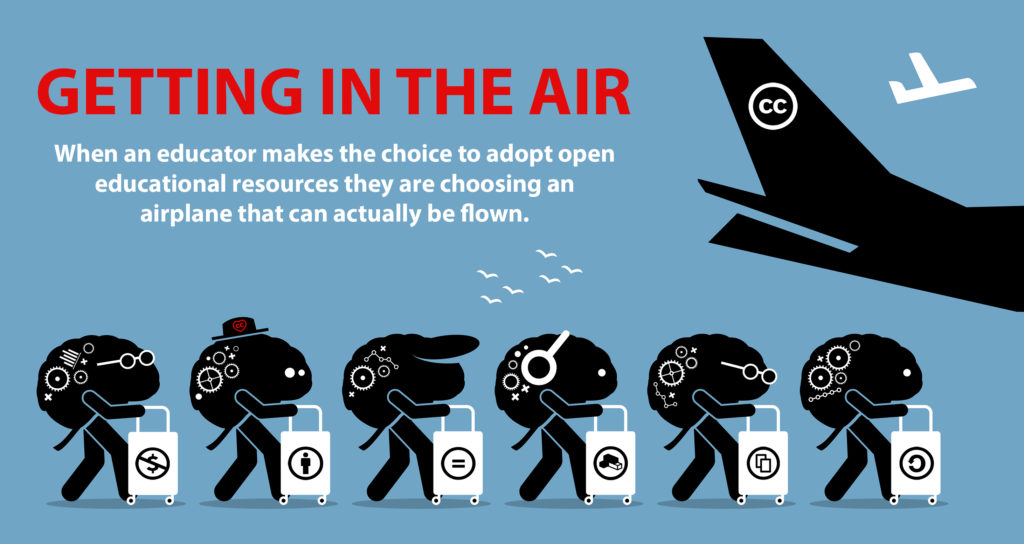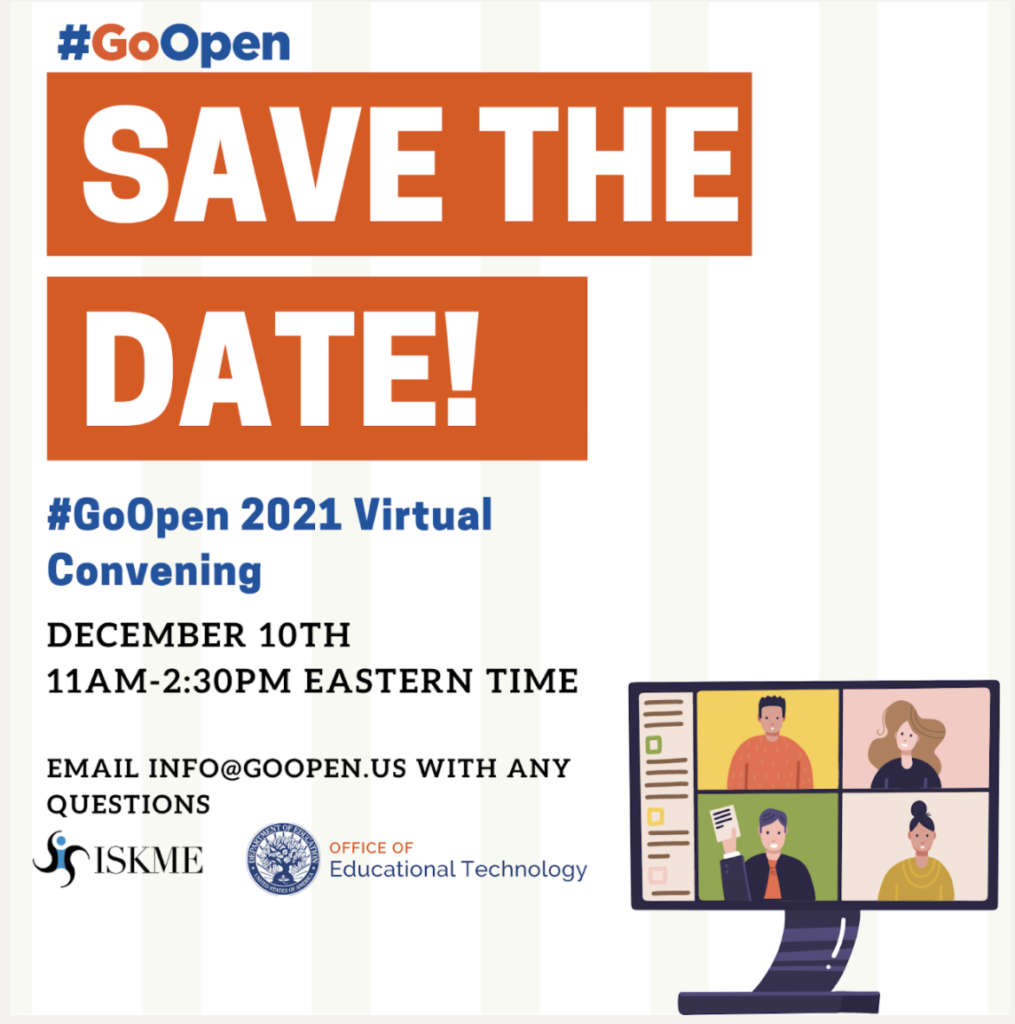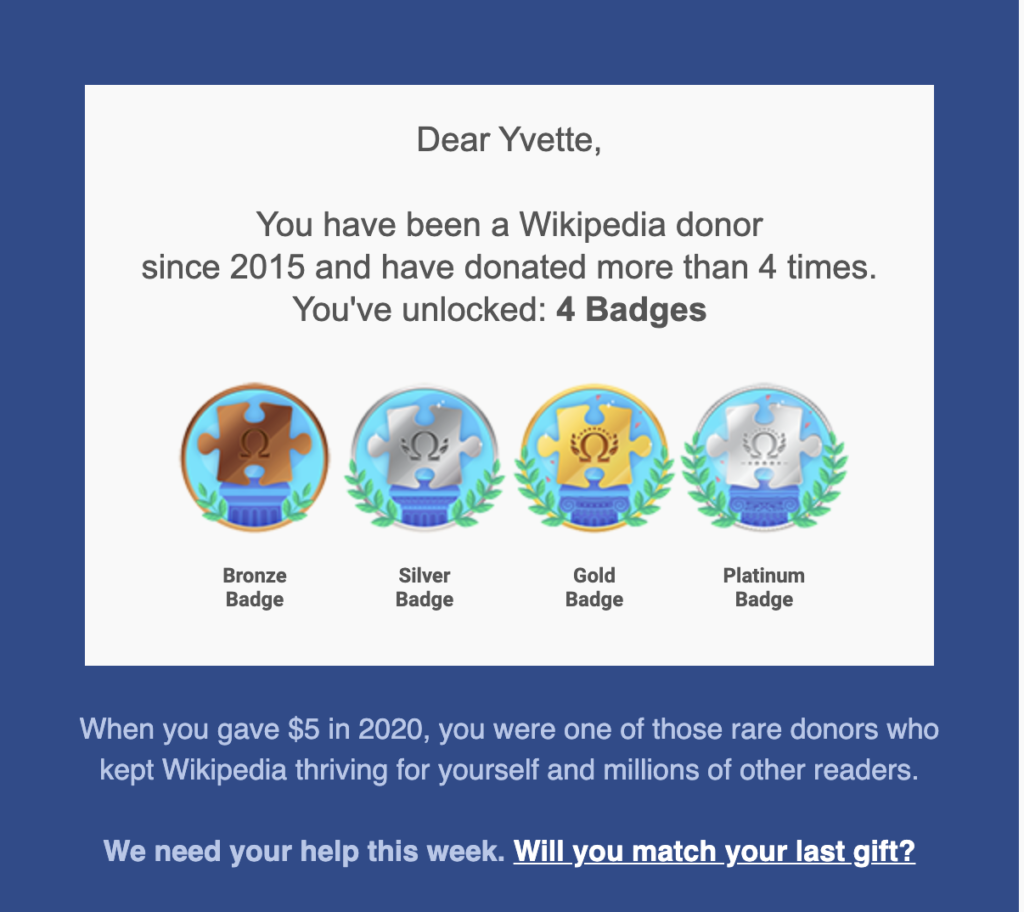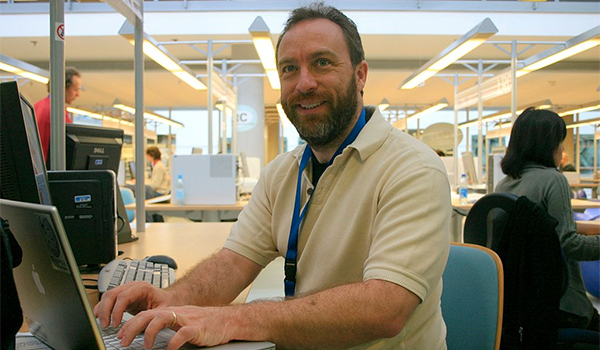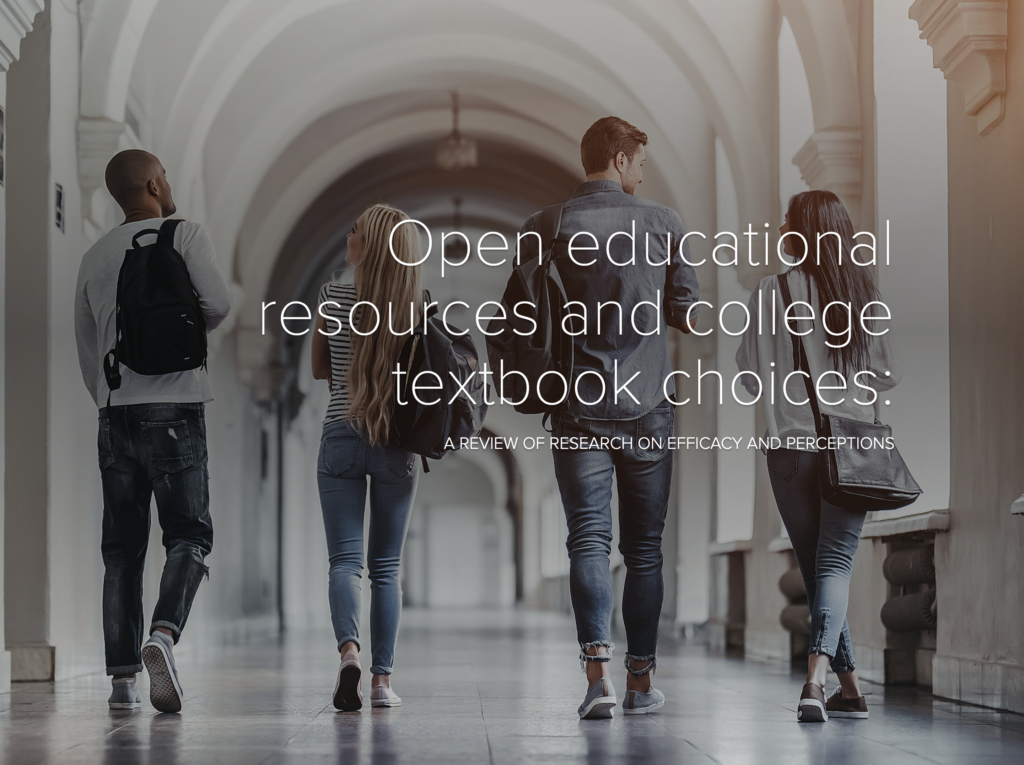
This past week’s reading of Open Education in Promotion, Tenure, & Faculty Development provided a good definition of OER:
“[T]eaching, learning, and research resources that are free of cost and access barriers, and which also carry legal permission for open use. Generally, this permission is granted by use of an open license (for example, Creative Commons licenses) which allows anyone to freely use, adapt and share the resource—anytime, anywhere.”
The definition was provided to show that there are a myriad of instructional material that fit under the OER banner as well as many uses of that material. The authors posits that the work it takes to create and use OER products “might meet existing promotion and tenure guidelines at your institution, and how you can advocate for including OER explicitly in your institutional or departmental promotion & tenure guidelines.”
Faculty who use OER as part of their curriculum and teaching efforts is defined as Open Educational Practices (OEP). The article lists ways in which faculty may “participate” in OEP. The rest of the article discusses how OER can be used, how it can fit existing tenure requirements, and how one could advocate for the recognition of participation in many aspects of OER “work.”
The section of the article that resonated with me was the discussion about the need to influence stakeholders and the different types of stakeholders that needed the “evidence” of the value of OER and OEP. The authors included a table with three columns with the stakeholder role (individual, group, or organization) in the left column, the list of “what they can do for you” in the middle column, and the last column suggested the best time to contact the stakeholder.
This section was helpful to me because it broadened my mind’s perspectives as to the who (to contact) and what (to say) and when (to say it) and where (the advocacy should be applied).
There is also a tip section to help one make a case for development of OER and adoption of OEP to count towards promotion and tenure.
The rest of the article is an Appendix that is a compilation of common OEP done by faculty and staff—separated into research, teaching and tenure.
I recommend this article to those who are seeking to promote OER and OEP at their particular institutions.
Reference:
Elder, A., Gruber, A. M., Burnett, M., & Koch, T. (2022). Open Education in Promotion, Tenure, & Faculty Development. In R. Kimmons (Ed.), Becoming an Open Scholar. EdTech Books.
#openscholarship

